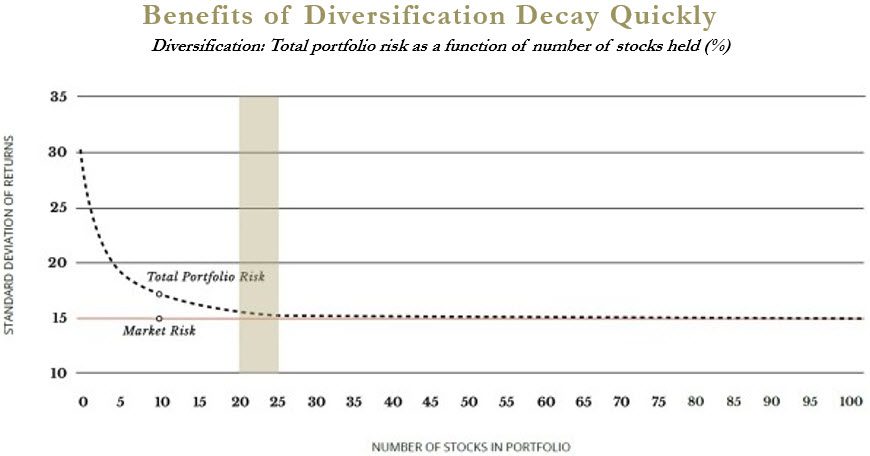Factoring is a way for entrepreneurs to ensure steady cash flow. While it may not be necessary to use it, all Small to Medium Enterprise (SME) owners in Singapore should at least understand it.
There may come a time when a late paying customer impedes cashflow, and getting your money back means the difference between a stellar performance and a missed opportunity (or an expensive loan):
What is Factoring?
Factoring allows you to receive and advance on your accounts receivable. In effect, you are getting a cash advance (with an interest rate) that is secured by your accounts receivable.
For example, say you have a customer who is supposed to pay you S$35,000 for your products, within a period of 30 days. However, after waiting for 40 or 50 days, you are still unable to receive payment. There are two recourses here:
The first is to take legal action. However, this is not without inherent costs; you will have to spend even more time and money to fight out the case in court. In addition, you would be burning bridges, as the same client is unlikely to work with you again.
The second option is to use factoring. In this instance, you would transfer the accounts receivable to a factoring agency, and receive an advance of the amount owed. For example, you might receive S$28,000, for the accounts receivable of S$35,000.
It is then the job of the factoring agent to make sure they get the full payment from your client; you do not need to intervene in the process.
When your client pays the factoring agent the full amount, you will receive the remaining S$7,000, less any interest and administrative charges.
What are the Costs of Factoring?
You will not get the full amount of the accounts receivable right way. This is referred to as the invoice discounting.
Most factoring agents will only advance 80 per cent of the accounts receivable (varies based on factors such as the likelihood of recovering payment). So if your company is owed S$10,000, you might receive an advance of S$8,000.
In addition, there might be administrative charges. In Singapore, a typical rate is around S$300 for accounts receivables below S$15,000. For amounts above S$15,000, the administrative charges are often waived.
In some cases, there might be an additional charge for credit protection (the exact term used may differ). This is a charge imposed to alleviate the losses of a potential default, on the part of the payee. This may be imposed if you have risky or clients.
A final concern is the interest rate imposed, for receiving the cash advance on your accounts receivable. This is highly variable, as it is up to the factoring agent to determine what is appropriate in your case. You have to be careful to compare rates, before picking a factoring agent.
When Should you use Factoring?
If you are a new company with limited capital, factoring can be an important tool.
Most new businesses deal with one or two major clients, who make up the bulk of their revenue. In the event that these key clients need to stall payment, it can cause serious disruptions. Supplies cannot be ordered, expansion plans grind to a halt, and staff may even be paid late.
This is especially true given the difficulty of getting bank loans for new businesses. Most banks will only grant business loans if they can see a track record of two years. And it can be quite difficult for self-employed Singaporeans to get a personal loan.
Factoring is also helpful if you don’t want a lot of debt to show up in the accounting ledgers. Advances on your accounts receivable are not a form of borrowing (it is money you are supposed to receive anyway), and can be much cheaper than bank loans.
Most accountants are quite used to the process of factoring, and the process can be set up within a matter of hours. If you have slow paying clients in future, consider this before approaching the bank.
This article was contributed by SingSaver.com.sg, Singapore’s #1 personal finance comparison site for credit cards and personal loans.




